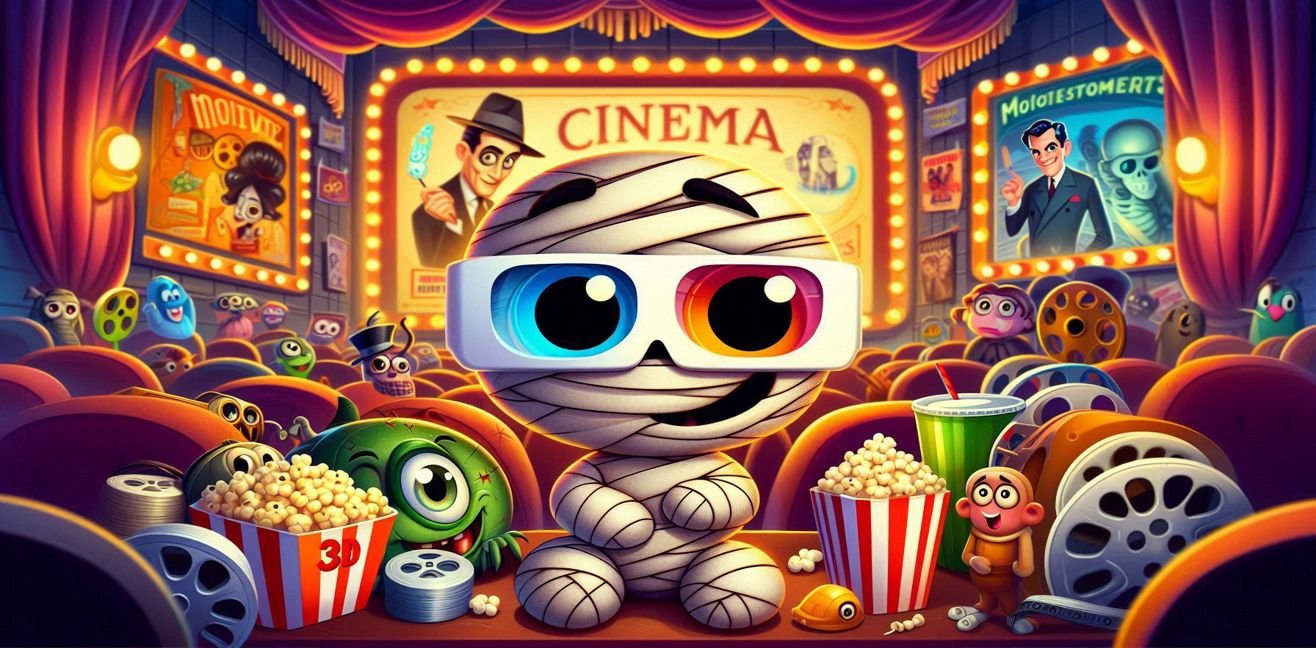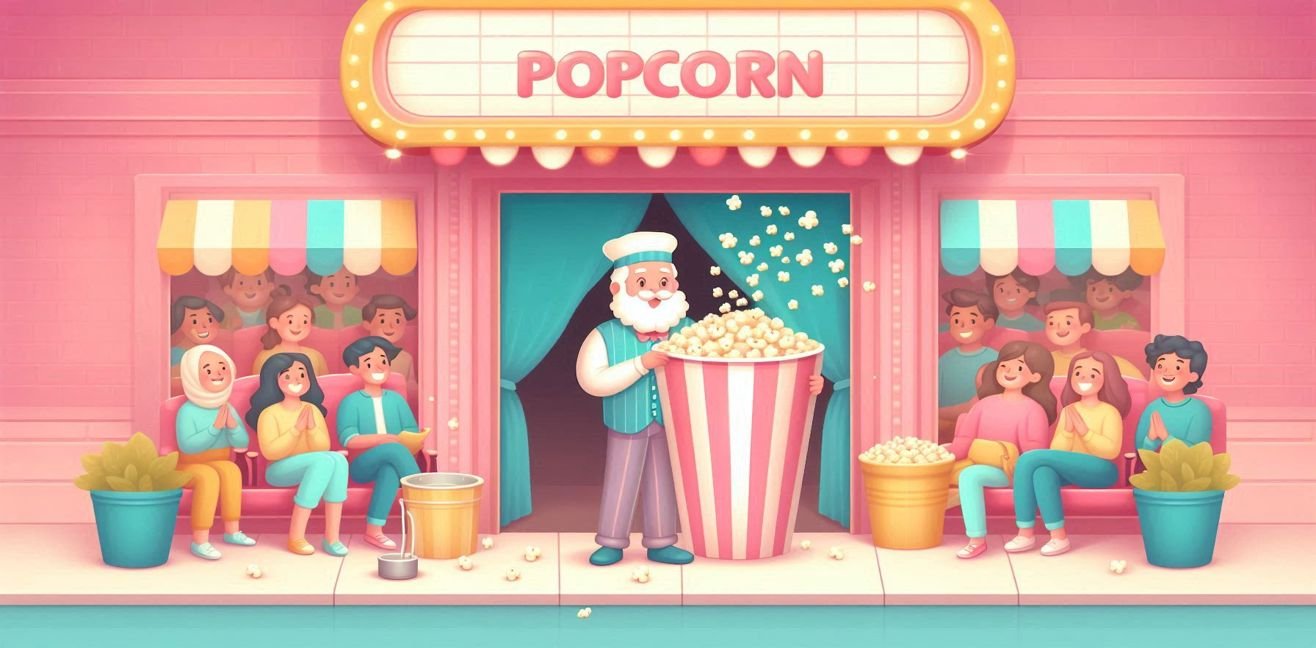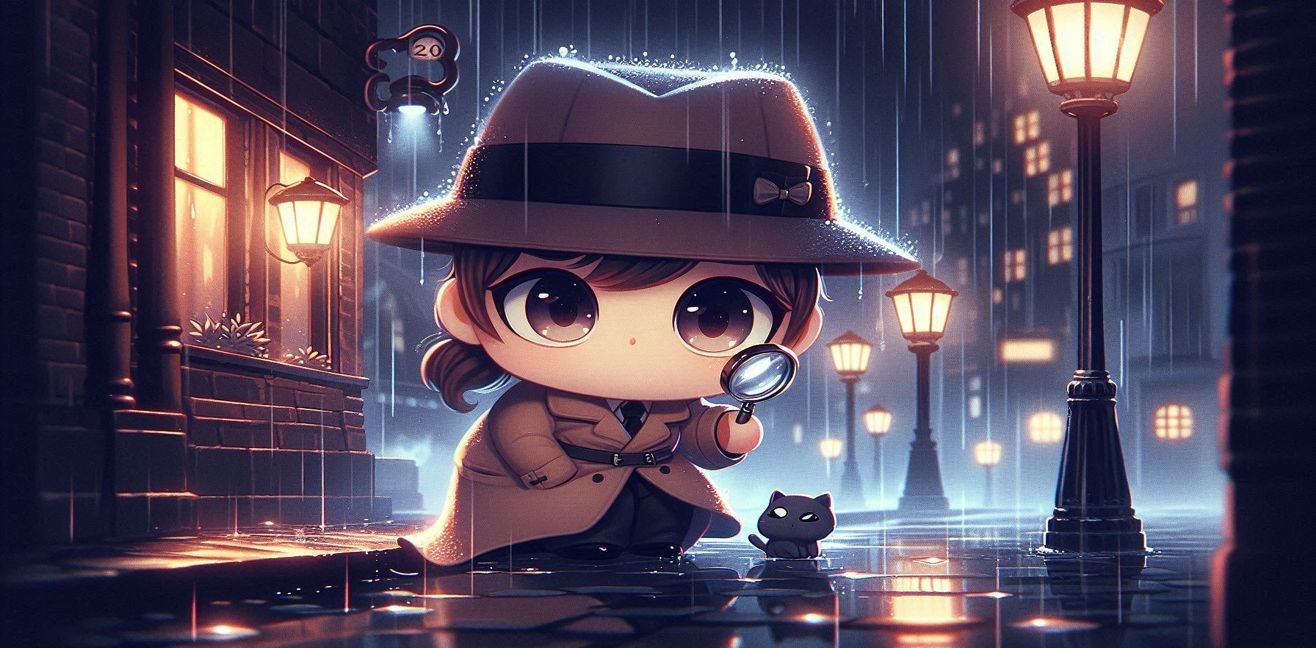“If you think animation is just for kids, I’m here to give you a gentle slap—because this art form makes you laugh, cry, think, and even drag you through nightmares!”
🎬 Animation: Way Beyond Snow White’s Castle
Okay, okay, we all love Disney princesses and cute little animals. But hold on—animation is not just that sugary pink fairy tale!
Animation is like a colorful popcorn box exploding with mischief, drama, and sometimes even political agendas swirling inside your head.
So slapping the label “kids’ movie” on it? That’s an injustice to this magical art form.
🌟 Standout Adult Animations: Aren’t These Lines Pure Gold?
1. “Persepolis” (2007) – Not Just Black and White, But a Black-Brain Storm!
Marjane Satrapi’s Iranian journey is told in black and white lines—but the story is anything but gray!
It dances between childhood innocence and political chaos, telling you, “Life is not that simple!” while making you smile.
On one hand, revolution, oppression, identity crisis; on the other, the sweet story of a girl growing up.
This film is a perfect example of saying, “Colors may be missing, but the emotion is full!”
2. “Waltz with Bashir” (2008) – War? Animation? Why Not Both?
Yes, you heard right! Before you scoff “Who makes war films in animation?”, check out Ari Folman’s documentary-style masterpiece.
Memory games, nightmares, truths, and recollections—like a wild party inside the mind.
The magic of animation beautifully reflects dark and surreal scenes, making you think, “This isn’t a cartoon, this is human psychology!”
3. “Anomalisa” (2015) – Same Faces, Different Lives!
A melancholic adult animation from Charlie Kaufman.
Characters’ faces look alike because sometimes life loops around the same lonely faces.
Loneliness, alienation, the strange ways of human relationships…
The film is so still, so real, you say, “This isn’t a cartoon; this is life itself!”
🎥 Behind the Animation Scenes: The Techniques That Wow!
Animation isn’t just about drawing, look at these cool tricks behind the curtain:
🎬 1. Frame-by-Frame: The Dance of Each Frame
Animators draw every single move one by one. Between 12 to 24 frames per second, not slow-motion but as smooth as real life—but with lines!
More frames mean smoother moves; fewer frames create that famous “cartoon shake.” Cute? Yes. Funny? Absolutely!
🎬 2. Mise-en-Scène: Stage Design, But We’re Serious Artists
Where does the character stand? What objects are in the background? How’s the lighting? What do the colors say?
For example, in Persepolis, everything in the black-and-white world has a meaning. A teddy bear? A symbol of rebellion?
🎬 3. Virtual Camera Movements: Filming Without a Camera!
We don’t use real cameras in animation but simulate zoom-ins, pull-outs, pans, and tilts digitally.
In Waltz with Bashir, these techniques brilliantly reflect blurred memories and the nightmare of war.
🎬 4. Editing Rhythm: Not Just Cut-and-Paste, But Emotional Flow
Scene transitions in animation aren’t random.
We adjust rhythm to boost emotion and excitement. Like the ticking machines in Modern Times, scenes in animation sing a rhythmic song.
🎬 5. Colors: Playing with Hues, Touching Emotions
Warm reds make you feel angry, cool blues bring loneliness.
Anomalisa’s pale color palette says, “Here’s the color of loneliness.”
🎬 6. Sound and Music: Meeting Visuals in Rhythm
Sound effects, music, and character voices must sync perfectly with movement.
Even Chaplin composed music for his silent films, and animators give the same attention.
😂 Did Someone Say Humor in Animation? We’ve Got Plenty!
Shows like BoJack Horseman serve adult humor like candy.
Laughter? Check. Tears? Check. Growing pains? Double check.
Animation delivers a life lesson that’s funny, sad, absurd, and real—all at once.
🎨 Final Scene: Animation Isn’t Just Lines, It’s the Dance of the Soul!
Hey you, who says “Animation is just for kids!” Come join this magical universe.
Let your inner child run free, but don’t ignore the heavy burdens of the adult world. Because sometimes the deepest life lessons hide in the lightest lines.



